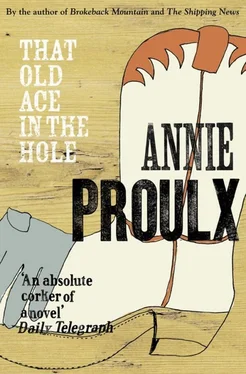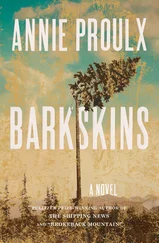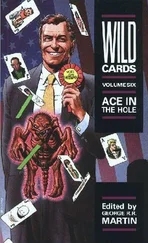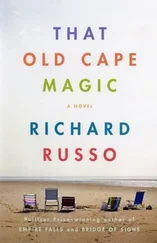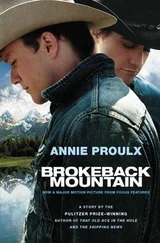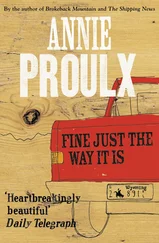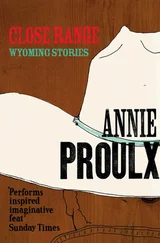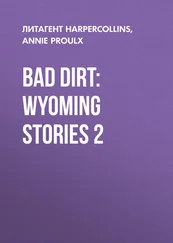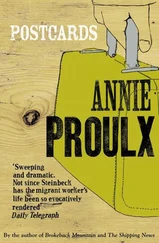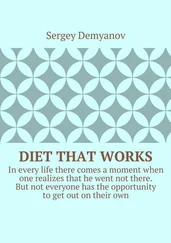Annie Proulx
A Novel

Fourth Estate
An imprint of HarperCollins Publishers 1 London Bridge Street London SE1 9GF
www.4thestate.co.uk
First published in Great Britain in 2002 by Fourth Estate
Copyright © Dead Line Ltd, 2002
The right of Annie Proulx to be identified as the author of this work has been asserted by her in accordance with the Copyright, Designs and Patents Act 1988
A catalogue record for this book is available from the British Library
All rights reserved under International and Pan-American Copyright Conventions. By payment of the required fees, you have been granted the nonexclusive, nontransferable right to access and read the text of this e-book on-screen. No part of this text may be reproduced, transmitted, downloaded, decompiled, reverse engineered, or stored in or introduced into any information storage and retrieval system, in any form or by any means, whether electronic or mechanical, now known or hereinafter invented, without the express written permission of HarperCollins e-books.
Ebook Edition © JUNE 2012 ISBN 9780007383894
Version 2016-06-13
This novel is entirely a work of fiction. The names, characters and incidents portrayed in it arc the work of the author’s imagination Any resemblance to actual persons, living or dead, events or localities is entirely coincidental.
HarperCollinsPublishers has made every reasonable effort to ensure that any picture content and written content in this ebook has been included or removed in accordance with the contractual and technological constraints in operation at the time of publication.
Alle molens vangen wind
Cover
Title Page
Copyright
Dedication
1. Global Pork Rind
2. Art Plastic
3. On the Road Again
4. The Evil Fat Boy
5. No Room in Cowboy Rose
6. Sheriff Hugh Dough
7. The Rural Compendium
8. Pioneer Fronk
9. The Busted Star
10. Old Dog
11. Tater Crouch
12. Rope Butt
13. Habakuk’s Luck
14. The Young Couple
15. Abel and Cain
16. Curiosity Killed the Cat
17. The Devil’s Hatband
18. Just a Few Questions
19. The Sheriff’s Office
20. Everything’s O.K. So Far
21. Triple Cross
22. Ribeye Writes
23. Rich Orlando
24. Violet’s Night on the Town
25. Top Sales
26. Brother Mesquite
27. Trip to Denver
28. Used but Not Abused
29. Ribeye Cluke’s Office
30. Quick Change
31. Mrs. Betty Doak
32. Ace in the Hole
33. Failure
34. Barbwire
Acknowledgments
About the Author
Author’s Note
Praise
Also by Annie Proulx
About the Publisher
In late March Bob Dollar, a young, curly-headed man of twenty-five with the broad face of a cat, pale innocent eyes fringed with sooty lashes, drove east along Texas State Highway 15 in the panhandle, down from Denver the day before, over the Raton Pass and through the dead volcano country of northeast New Mexico to the Oklahoma pistol barrel, then a wrong turn north and wasted hours before he regained the way. It was a roaring spring morning with green in the sky, the air spiced with sand sagebrush and aromatic sumac. NPR faded from the radio in a string of announcements of corporate supporters, replaced by a Christian station that alternated pabulum preaching and punchy music. He switched to shit-kicker airwaves and listened to songs about staying home, going home, being home and the errors of leaving home.
The road ran along a railroad track. He thought the bend of the rails unutterably sad, those cold and gleaming strips of metal turning away into the distance made him think of the morning he was left on Uncle Tam’s doorstep listening for the inside clatter of coffee pot and cups although there had been no train nor tracks there. He did not know how the rails had gotten into his head as symbols of sadness.
Gradually the ancient thrill of moving against the horizon into the great yellow distance heated him, for even fenced and cut with roads the overwhelming presence of grassland persisted, though nothing of the original prairie remained. It was all flat expanse and wide sky. Two coyotes looking for afterbirths trotted through a pasture to the east, moving through fluid grass, the sun backlighting their fur in such a way that they appeared to have silver linings. Irrigated circles of winter wheat, dotted with stocker calves, grew on land as level as a runway. In other fields tractors lashed tails of dust. He noticed the habit of slower drivers to pull into the breakdown lane – here called the “courtesy lane” – and wave him on.
Ahead cities loomed, but as he came close the skyscrapers, mosques and spires metamorphosed into grain elevators, water towers and storage bins. The elevators were the tallest buildings on the plains, symmetrical, their thrusting shapes seeming to entrap kinetic energy. After a while Bob noticed their vertical rhythm, for they rose up regularly every five or ten miles in trackside towns. Most were concrete cylinders, some brick or tile, but at many sidings the old wood elevators, peeling and shabby, still stood, some surfaced with asbestos shingles, a few with rusted metal loosened by the wind. Rectilinear streets joined at ninety-degree angles. Every town had a motto: “The Town Where No One Wears a Frown”; “The Richest Land and the Finest People”; “10,000 Friendly People and One or Two Old Grumps.” He passed the Kar-Vu Drive-In, a midtown plywood Jesus, dead cows by the side of the road, legs stiff as two-by-fours, waiting for the renderer’s truck. There were nodding pump jacks and pivot irrigation rigs (one still decked out in Christmas lights) to the left and right, condensation tanks and complex assemblies of pipes and gauges, though such was the size of the landscape and their random placement that they seemed metal trinkets strewn by a vast and careless hand. Orange-and-yellow signs marked the existence of underground pipelines, for beneath the fields and pastures lay an invisible world of pipes, cables, boreholes, pumps and extraction devices, forming, with the surface fences and roads, a monstrous three-dimensional grid. This grid extended into the sky through contrails and invisible satellite transmissions. At the edge of fields he noticed brightly painted V-8 diesel engines (most converted to natural gas), pumping up water from the Ogallala aquifer below. And he passed scores of anonymous, low, grey buildings with enormous fans at their ends set back from the road and surrounded by chain-link fence. From the air these guarded hog farms resembled strange grand pianos with six or ten white keys, the trapezoid shape of the body the effluent lagoon in the rear.
Still, all of these machines and wire and metal buildings seemed ephemeral. He knew he was on prairie, what had once been part of the enormous North American grassland extending from Canada to Mexico, showing its thousand faces to successions of travelers who described it in contradictory ways: under gritty spring wind the grass blew sidewise, figured with bluets and anemones, pussytoes and Johnny-jump-ups, alive with birds and antelope; in midsummer, away from the overgrazed trail margins, they traveled through groin-high grass rolling in waves; those on the trail in late summer saw dry, useless desert studded with horse-crippling cactus. Few, except working cowboys, ventured onto the plains in winter when stinging northers swept snow across it. Where once the howling of wolves was heard, now sounded the howl of tires.
Читать дальше
